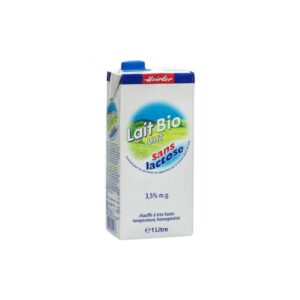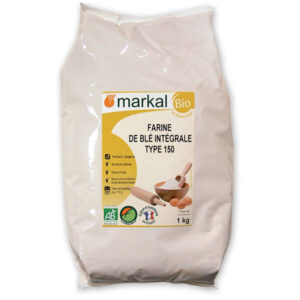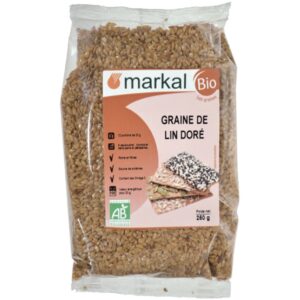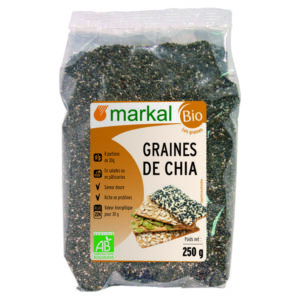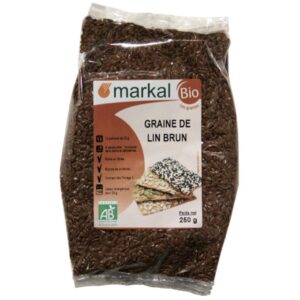Contained in this analysis, i work at shot-triggered “aseismic” slip and, particularly, the way the improvement out-of fault permeability affects the organization off slip. To unravel potential regulation toward aseismic slip, we first review brand new advancement out of blame permeability associated with aseismic deformations noticed throughout an out in situ try out from fluid shot towards a densely instrumented fault into the a carbonate formation (Guglielmi, Cappa, ainsi que al., 2015 ). Next, i perform paired hydromechanical simulations out of water shot in a single planar blame below fret and you can water pressure standards like those based in the into the situ check out. I focus on the effectation of the change when you look at the fault permeability for various first worry requirements and you may friction rules to elucidate how this may affect the growth of aseismic sneak.
where ?f is the viscosity of fluid (Pa.s) and w is the fault width (m). In a parametric analysis, we find values of hydraulic aperture that minimize the misfit between model predictions and observed pressure and flow rate histories at the injection point. The permeability is then defined from the best fit value of hydraulic aperture. Thus, this experiment offers ideal conditions to evaluate how fault permeability evolves with accumulated displacements, both during aseismic deformation and seismic activity, and to constrain further hydromechanical modeling analyses of fault slip (see section 4).
step 3 Hydromechanical Acting away from Fault Slip because of the Water Shot
Findings presented an intricate interplay ranging from water tension, blame distortion, and you may fault permeability transform. Guglielmi, Cappa, mais aussi al. ( 2015 ) indicated that the increase from inside the liquid pressure induces blame beginning and aseismic slip during the injections. The seismicity will be brought about indirectly at a distance away from treatment by stress transfer of this propagating aseismic sneak. Duboeuf ainsi que al. ( 2017 ) affirmed so it procedure from inside the a few 11 injections tests during the a comparable webpages. In these tests, seismic events was basically located anywhere between step one and you can 12 yards on the injection factors where the measured blame sneak is aseismic. Up coming, Guglielmi, Cappa, mais aussi al. ( 2015 ) found a 14-flex improve of fault permeability from 0.07 to one.0 ? 10 ?ten meters 2 throughout aseismic sneak, symbolizing regarding 70% of complete collective permeability increase (20-fold) within the injection period (Contour step 1). Conversely, while in the a subsequent chronilogical age of seismic interest far away out-of injection, this new fault permeability just expands from one.0 ? 10 ?10 to 1.thirty-five ? 10 ?ten yards dos . And this, this type of detail by detail findings of blame permeability enhancement through the fault activation stress the evolution away from fault hydraulic details is important understand the development regarding sneak throughout liquid treatment. Certainly, the rise into the water pressure triggers blame beginning and you may sneak one bring about permeability transform. Following, the many modes away from fault permeability transform apparently dictate the latest slip conclusion.
3.1 Model Settings
The procedure might have been previously used to test the brand new hydromechanical choices from fractured rocks and blame zones through https://datingranking.net/pl/ilove-recenzja/ the water pressurization (Cappa ainsi que al., 2006 ; Guglielmi ainsi que al., 2008 ), exhibiting that development from fault hydraulic diffusivity was a fully combined situation based be concerned and you will liquid pressure (Guglielmi, Elsworth, et al., 2015 ).
We select a simplified yet representative 2-D model (200 m ? 50 m) that considers fluid injection into a horizontal flat fault in a homogeneous elastic and impervious medium (Figure 2a). The remote normal (?n) and shear stress (?) resolved on the fault plane are constant. During injection, the fluid pressure in the fault is increased step by step in 0.5-MPa increments every 150 s. Injection occurs in a point source (Figure 2a) in order to reproduce a loading path consistent with the in situ data presented in Figure 1. The total time of injection is 1,050 s. We focus on the period of largest increase of fault permeability observed in the in situ experiment (Figure 1b). For numerical accuracy, the mesh size is refined along the fault (0.15 m) and gradually increases to 0.5 m in the direction normal to the fault toward model boundaries.

